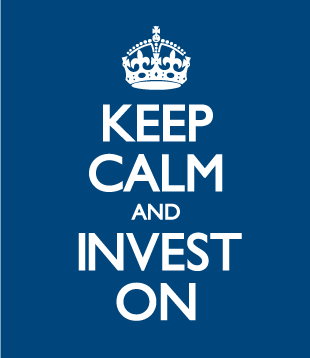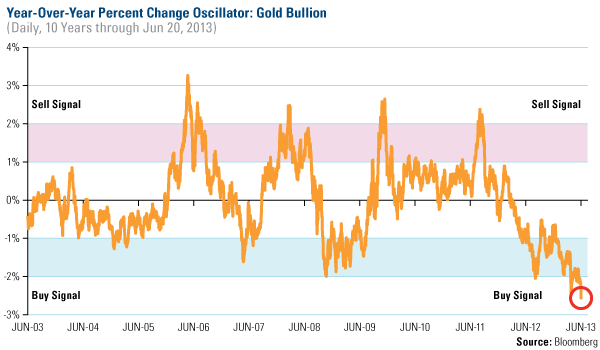As we've pointed out to Money Morning members, knowing the best stocks to buy now can give you a huge advantage when markets sell off and stocks are basically on sale.
That's why we've been watching out for the sectors of the market that will have a bright future regardless of the recent market gyrations.
Although it seems somewhat counter intuitive one such space would be the asset management sector. Asset managers and brokers may see some short-term weakness in a falling market but the long-term outlook is strong.
You see, over the past few decades there has been a transfer of retirement risks from corporations to individuals. This has left individual investors responsible for investing assets to fund their needs.
It has also created a huge market for asset managers.
Social and demographic trends are very positive for asset management firms. Assets have flown into investment products in the past several years, and the amount of assets under management at the end of May surpassed the previous high levels of 2007.
One huge reason for the flow of money: Baby boomers are hitting retirement.
Over the next decade, boomers will be retirement and looking for help to manage their new financial environments. Also, many boomers will be eligible for catch up contributions to their retirement plans, which should add to the pool of available assets.


